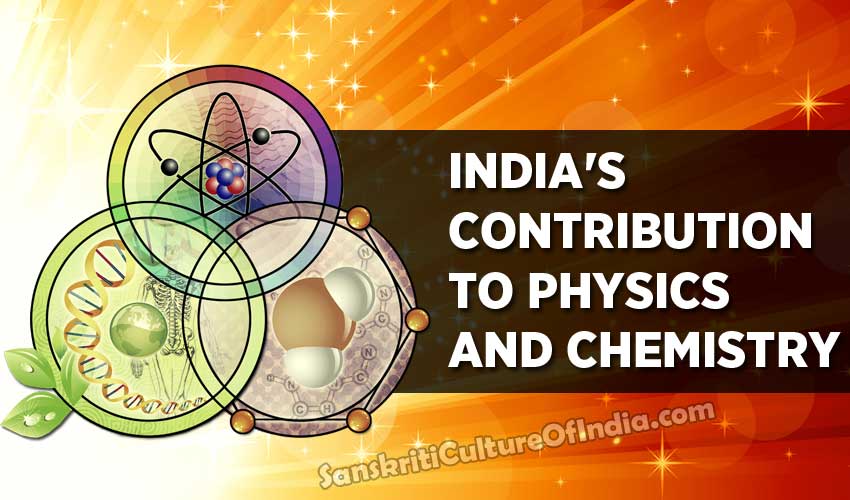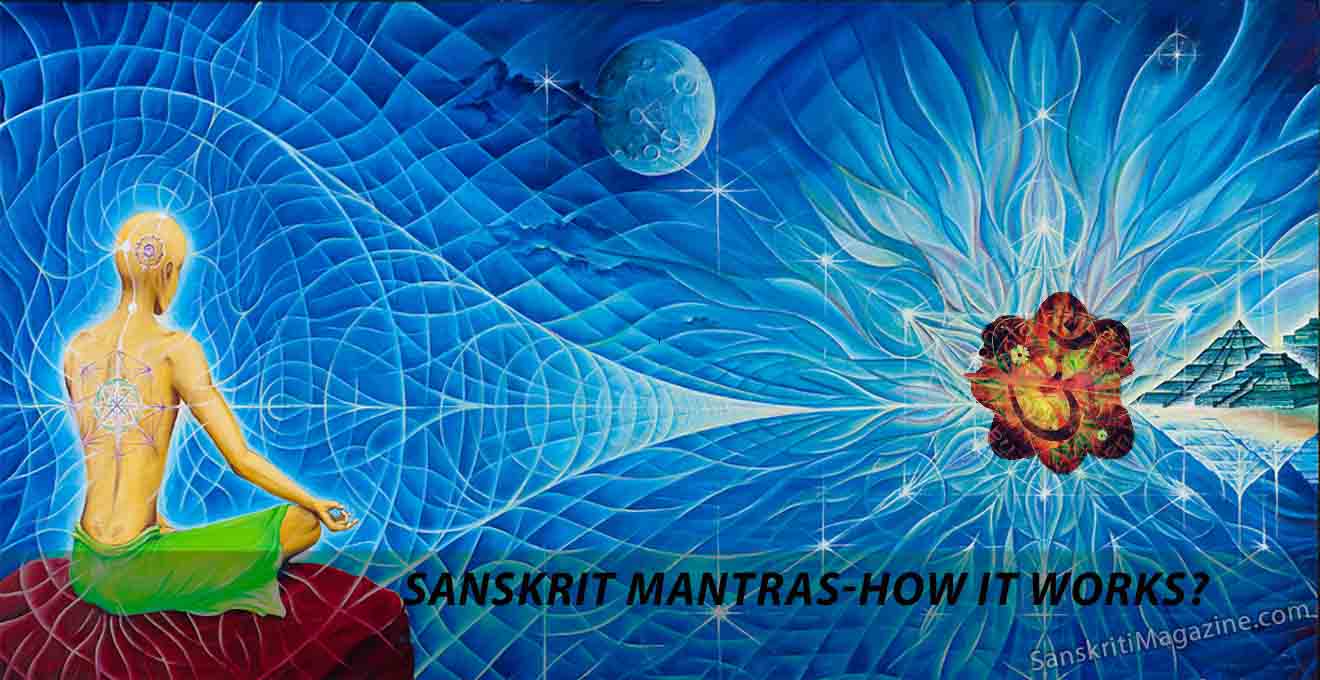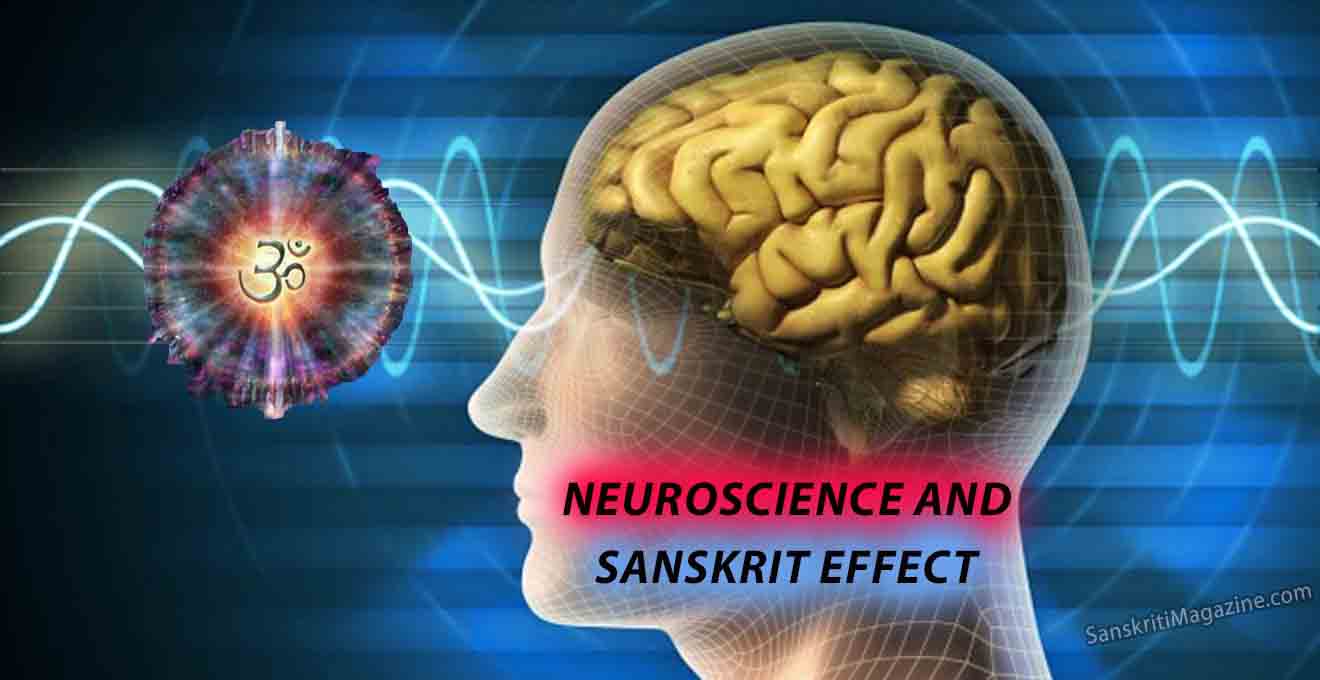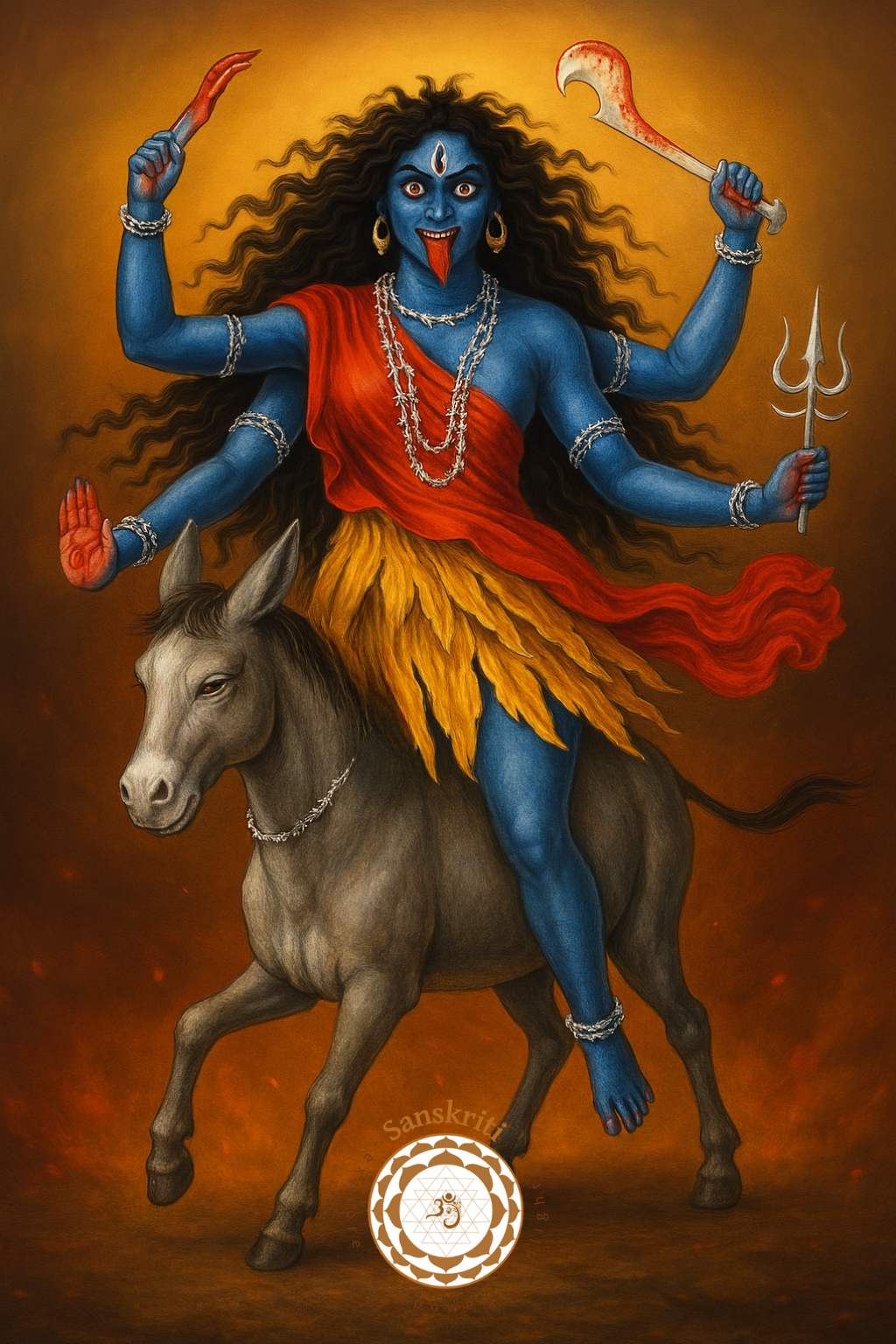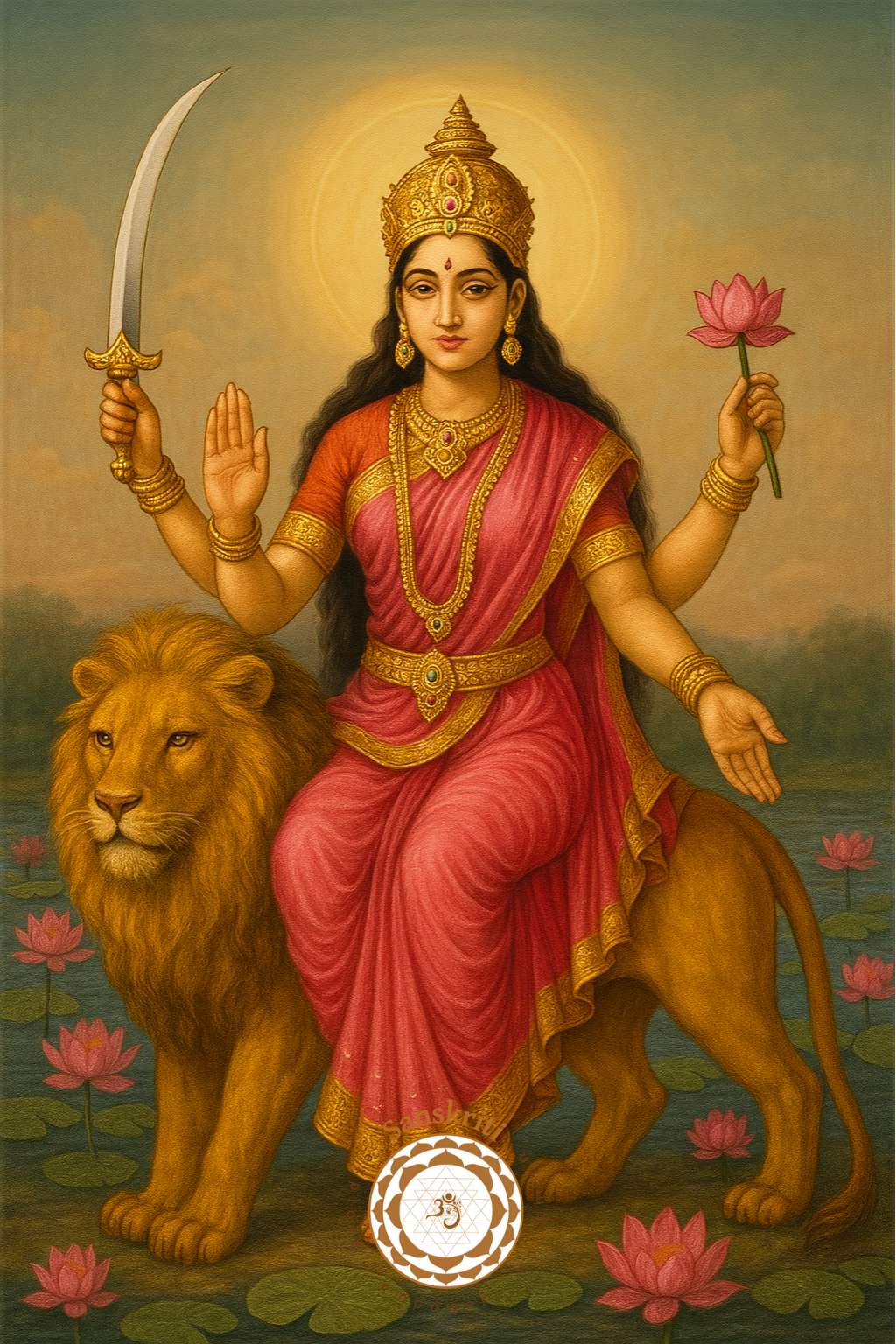Ancient Indian theories lacked an empirical base, but they were brilliant imaginative explanations of the physical structure of the world, and in a large measure, agreed with the discoveries of modern physics.
– A.L. Basham, Australian Indologist
It would be surprising for many Indians today to know that the concepts of atom (Ann, Parmanu) and relativity (Sapekshavada) were explicitly stated by an Indian philosopher nearly 600 years before the birth of Christ. These ideas which were of fundamental import had been developed in India in a very abstract manner. This was so as their exponents were not physicians in today’s sense of the term. They were philosophers and their ideas about the physical reality were integrated with those of philosophy and theology.
The Five Basic Physical Elements
From the Vedic times, around 3000 B.C. to 1000 B.C., Indians had classified the material world into four elements viz. Earth (Prithvi), fire (Agni), air (Maya) and water (Apa). To these four elements was added a fifth one viz. ether or Akasha. According to some scholars these five elements or Pancha Mahabhootas were identified with the various human senses of perception; earth with smell, air with feeling, fire with vision, water with taste and ether with sound. Whatever the validity behind this interpretation, it is true that since very ancient times Indians had perceived the material world as comprising these 5 elements. The Buddhist philosophers who came later, rejected ether as an element and replaced it with life, joy and sorrow.
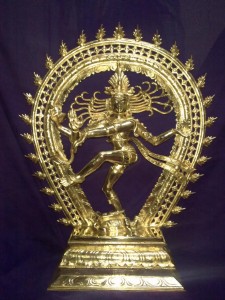
Since ancient times Indian philosophers believed that except Akash (ether), all other elements were physically palpable and hence comprised miniscule particles of matter. The last miniscule particle of matter which could not be subdivided further was termed Parmanu. The word Parmanu is a combination of Param, meaning beyond, and any meaning atom. Thus the term Parmanu is suggestive of the possibility that, at least at an abstract level Indian philosophers in ancient times had conceived the possibility of splitting an atom which, as we know today, is the source of atomic energy. This Indian concept of the atom was developed independently and prior to the development of the idea in the Greco-Roman world. The first Indian philosopher who formulated ideas about the atom in a systematic manner was Kanada who lived in the 6th century B.C. Another Indian philosopher, Pakudha Katyayana who also lived in the 6th century B.C. and was a contemporary of Gautama Buddha, had also propounded ideas about the atomic constitution of the material world.
These philosophers considered the Atom to be indestructible and hence eternal. The Buddhists believed atoms to be minute objects invisible to the naked eye and which come into being and vanish in an instant. The Vaisheshika School of philosophers believed that an atom was a mere point in space. Indian theories about the atom are greatly abstract and enmeshed in philosophy as they were based on logic and not on personal experience or experimentation. Thus the Indian theories lacked an empirical base, but in the words of A.L. Basham, the veteran Australian Indologist “they were brilliant imaginative explanations of the physical structure of the world, and in a large measure, agreed with the discoveries of modern physics.”
The school of philosophy which contributed to the development of ideas about the atom was the Vaisheshika school. A brilliant philosopher by the name Kashyapa (later called Kanada) is credited with having propounded the concept of atom for the first time. According to legend, Kashyapa lived in the 6th century B.C. The son of a philosopher named Ulka, Kashyapa From displayed a keen sense of observation since childhood. Minute things attracted his attention. The story goes that once as a young boy accompanying his father to Prayaga pilgrimage, he noticed that thousands of pilgrims who were flocking the town littered its roads with flowers and grains of rice which they offered at the temples by the river Ganges. While everybody else was busy offering prayers, or bathing in the Ganges, the young Kashyapa started collecting the grains (Kana) of rice that littered the streets.
Looking at this strange behaviour coming from a boy who seemingly belonged to a well-to-do family, many of the passers-by became curious and started wondering who he could be and why was he acting in such strange manner. Soon a crowd collected around the young Kashyapa who continued collecting the grains, oblivious of the attention he was attracting. Passing by that moment was Muni Somasharma a learned Sage, who wondered why the crowd had gathered at a time when everybody should have been the bathing on ghats for the morning’s ritual bath. Upon coming closer, he saw for himself reason and heard the derogatory remarks being made about the young Kashyapa. Muni Somasharma silenced the crowd by saying that he knew who the little boy was.
Being curious himself to know the reason for Kashyapa’s strange behaviour, Somasharma asked him why he was counting discarded grains which even a beggar would not care to collect. Somewhat hurt at the question, Kashyapa replied that howsoever miniscule an object might be, it nevertheless was a part of the universe. Individual grains in themselves may seem worthless, but a collection of some hundred grains make up a person’s meal, the collection of many would feed an entire family and ultimately the entire mankind was made of many families, thus even a single grain of rice was as important as all the valuable riches in this world.
This reply of young Kashyapa deeply impressed Muni Somasharma who said that one day Kashyapa would grow into a celebrated philosopher and said that in recognition of Kayshapa’s unusual sense of perceiving miniscule objects he would henceforth be called Kanada, a derivative from the word “kana” which means a grain.
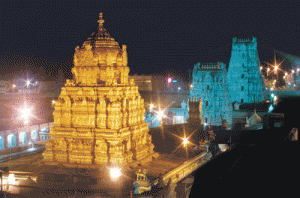
This was how Kashyapa came to acquire the name Kanada, made immortal in history of Indian science due to the path-breaking conception of atom and relativity which Kanada was to put forth. He propounded the Vaisheshika-Sutra (Peculiarity Aphorisms), these sutras were of science and philosophy. Their subject was the atomic theory of matter. On reading these Sutras we find that Kanada’s atomic theory was far more advanced than formulated later by the Greek philosophers, Democritus and Leucippus.
Anu and Parmanu
It was Kanada who first propounded that the Parmanu (atom) was an indestructible particle of matter. According to the material universe is made up of Kana. When matter is divided and subdivided, we reach a stage beyond which no division is possible; the indivisible element of matter is Parmanu. Kanada explained that this indivisible, indestructible y cannot be sensed through any human organ.
In saying that there are different types of Parmanu for the five Pancha Mahabhootas, Earth, water, fire, air and ether. Each Parmanu has a peculiar property which depends, on the substance to which it belongs. It was because of this conception of peculiarity of Parmanu (atoms) that this theory understood by Kanada came to be known as Vaisheshika-Sutra (Peculiarity Aphorisms). In this context Kanada seems to arrive at conclusions which were surpassed only many centuries after him.
According to Kanada, an object appears to be heavy under water than it does in air because the density of atoms in water is more than in air. The additional density of, in water, Kanada said, takes on part of the weight of an object, hence we feel only a part of its total weight, while in air, the lesser density of atoms results in a lesser part of an object’s weight being picked by air, hence we feel the object to be heavier in air than what is was when under the water. In saying this, in a very elementary but important way, Kanada foreshadowed Archimedes’ theory that a body immersed in a fluid is subject to an upward force equal in magnitude to the weight of the fluid it displaces. Kanada’s idea also had shades of relativity in it which was propounded by Einstein in our times.
About his ideas on atom, Kanada observed that an inherent urge made one Parmanu combine with another. When two Parmanu belonging to one class of substance combined, a dwinuka (binary molecule) was the result. This dwinuka had properties similar to the two parent Parmanu. In the material universe, according to him, Parmanu belonging to different classes of substances combine in different combinations giving us a variety of dwinuka, which in other words means different types of substances. Apart from such combination of different Parmanu, Kanada also put forth the idea of chemical changes occurring because of various factors. He claimed that variation in temperature could bring about such changes.
He cited the examples of blackening of a new earthen pot and the ripening of fruit to illustrate the chemical change in substances brought about by the heat. Thus according to Kanada all substances, all matter that existed in the universe was formed of Parmanu (atoms). The variations in the matter reflected the peculiarity of the Parmanu which constituted that particular matter, the variety of combinations between different types of Parmanu and the effect on them of variation in temperature.
These Indian ideas about atom and atomic physics could have been transmitted to the west during the contacts created between India and the west by the invasion of Alexander. The Greeks invaded north-western India in around 330 B C. Along with Alexander came Greek philosophers like Aristotle who is reported to have been Alexander’s mentor. Scholars like Aristotle would surely have keenly studied the sciences of the lands which the Greek armies overran. Even after Alexander’s departure, massive trade and diplomatic relations existed between Indians and Greeks (who had settled in Asia). This way perhaps, Indian ideas could have travelled westwards where they were developed further.
Some scholars even go to the extent of saying that in Kanada’s lifetime itself some Greek scholars had visited India and through a debate with the great philosopher had been exposed to Indian ideas about atom. The possibility of such a meeting is remote as Kanada lived in the 6th century B.C. and the Greeks came into India only in the 4th century B.C. But nevertheless it remains a fact that Indian ideas about atom are the oldest. It is only after the 4th century B.C., after the Greeks had come in contact with India do we find references to the idea of an atom in Greek science. Thus it is quite possible that the Greeks borrowed the ideas about atom from Indian philosophers in the 4th century B.C. But the credit of developing these ideas further, goes to the Greeks and other western philosophers.
Organic And Inorganic Chemistry
Parallel to the development of the concepts of atom and atomic permutations and combinations in physics there also was a similar development of ideas in the area of Chemistry. However given the nature of chemistry, the ideas did not remain confined to an abstract level. Indian ideas about chemistry grew by experimentation. The areas of application of the principle of chemistry were: the smelting of metals, the distillation of perfumes and fragrant ointments, the making of dyes and pigments, the extraction of sugar, etc.
Incidentally, the empirical nature of chemistry is also reflected in the word we use for substances i.e. Padartha which is a combination of two words Pada meaning ‘step’ and Artha which itself means ‘meaning’. Thus the word Padartha can be literally * translated to mean ‘meaning in steps’. Perhaps, this reflects the fact that in chemistry, knowledge was acquired step by step through experimentation and the actual process of day-to-day activities.
In ancient India, chemistry was called Rasayan Shastra, Rasa-Vidya, Rasatantra and Rasakriya all of which roughly mean ‘Science of liquids’. There also existed chemical laboratories and chemicals works, which were called Rasakriya-nagaram and Rasakriya-shala which literally mean ‘School where liquids are activated’. A chemist was referred to as a Rasadnya and Rasa-tantra-vid which mean ‘Person having knowledge about liquids. Apart from the term Rasa which means liquid, another word, Dravya which means slurry, was also used to refer to chemicals. Thus, in ancient India, chemistry was evidently developed to a significant level.
Metallurgy was an important activity the world over. In fact the discovery of smelting of metals made possible the progress of society from the Stone Age to the Bronze and Iron Ages. In the area of smelting metals, Indians had acquired proficiency in the extraction of metals from ore, and also in the casting of metals. In very early times: around 2000 B.C. the idea of smelting metals was known in Mesopotemia and the Near East.
 The next definite reference to the use of metals by Indian soldiers is by the Greeks. The Greek historian Herodotus has observed in the 5th century that “Indians in the Persian army used arrows tipped with iron”. Indian steel and iron were reportedly being used by the Romans for manufacturing armour as well as cutlery. But these references apart, it is in India itself that we find actual objects that reflect the advancement of the technique of smelting.
The next definite reference to the use of metals by Indian soldiers is by the Greeks. The Greek historian Herodotus has observed in the 5th century that “Indians in the Persian army used arrows tipped with iron”. Indian steel and iron were reportedly being used by the Romans for manufacturing armour as well as cutlery. But these references apart, it is in India itself that we find actual objects that reflect the advancement of the technique of smelting.
The Iron Pillar at Delhi
The Iron Pillar at Delhi is one such instance. This Pillar, located near the Kutab Minar, is estimated to have been cast in the Gupta period i.e. about 1500 years ago. The Pillar is 7.32 metres in length, tapering from a diameter of 40 cms at the base to 30 cms, at the top and it weighs about 6 tonnes. It has been standing in open for more than a millennium in the heat, dust and rain, but except for the natural erosion it has not caught rust. This kind of a rust-proof iron had not been smelted anywhere else in the world, till we invented the stainless steel a few decades ago.
Another instance of Indian metallurgy is the copper statue of Gautama Buddha found at Sultan Ganj in Bihar. The statue is 2.13 metres high and weighs nearly a tonne. There are many such examples that bear testimony to the excellence in smelting metals achieved in India in ancient times.
The ironsmiths who had cast the iron pillar and the statue of Buddha must not only have been experts at their job but they must have inherited the technique that had been perfected over many generations. The Iron Pillar itself testifies to the fact that Indian metallurgy and chemistry had reached a high stage of perfection more than 1500 years ago. Nagarjuna was one such practitioner of the technique of combining various metals in order to invent a superior metal.
Nagarjuna was born at Fort Daihak near the famous shrine of Somnath in Gujarat in 931 A.D. He was a chemist, or an alchemist, as his efforts had been concentrated on transforming the base metals into gold. We are told that he had acquired such a reputation due to his activities that the people believed that Nagarjuna was in communion with gods and goddesses who had blessed him with the power of changing base metals into gold and the extracting of ‘elixir of life’.
Nagarjuna apparently revelled in the idea of his being looked upon as blessed by the gods. He himself added to this belief by writing his treatise, Rasaratnakara in the form of a dialogue between him and the gods. The treatise dealt with the preparation of rasa (liquids, mainly mercury). Nagarjuna has discussed various combinations of liquids in this volume. His treatise, the Rasaratnakara also gave a survey of the status of metallurgy and alchemy as it existed in India in those days.
~ Sudheer Birodkar

